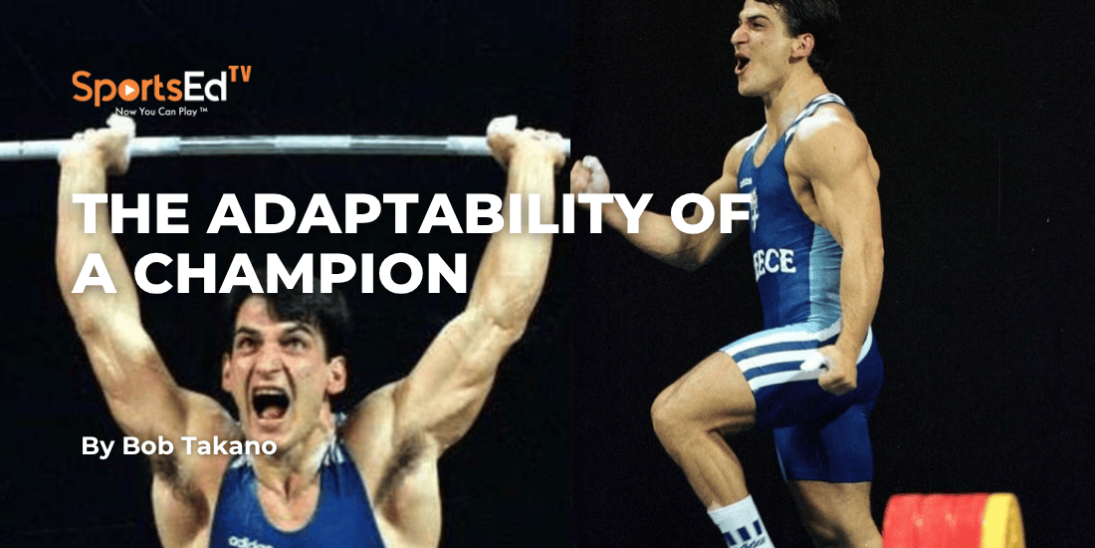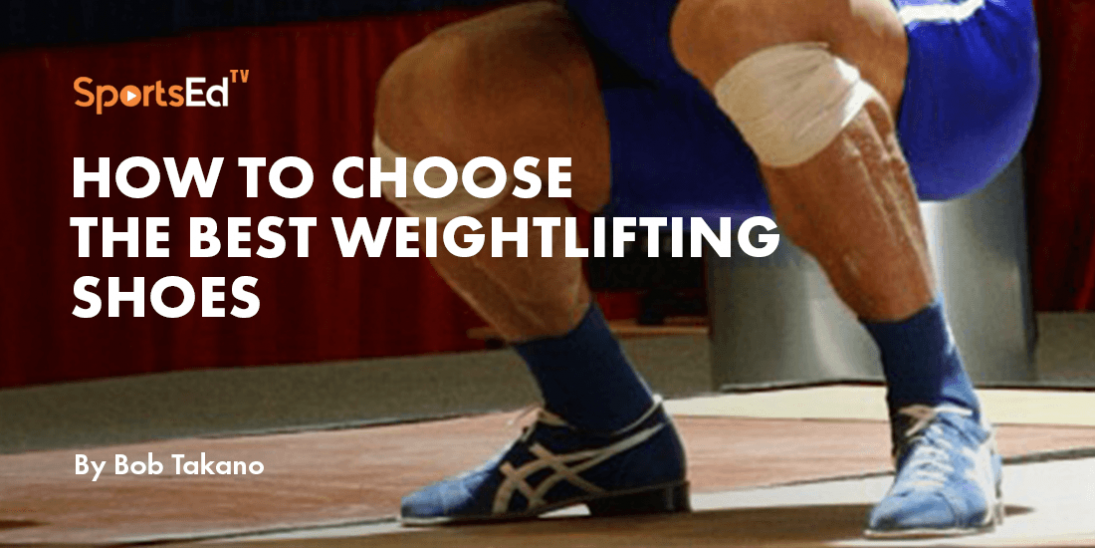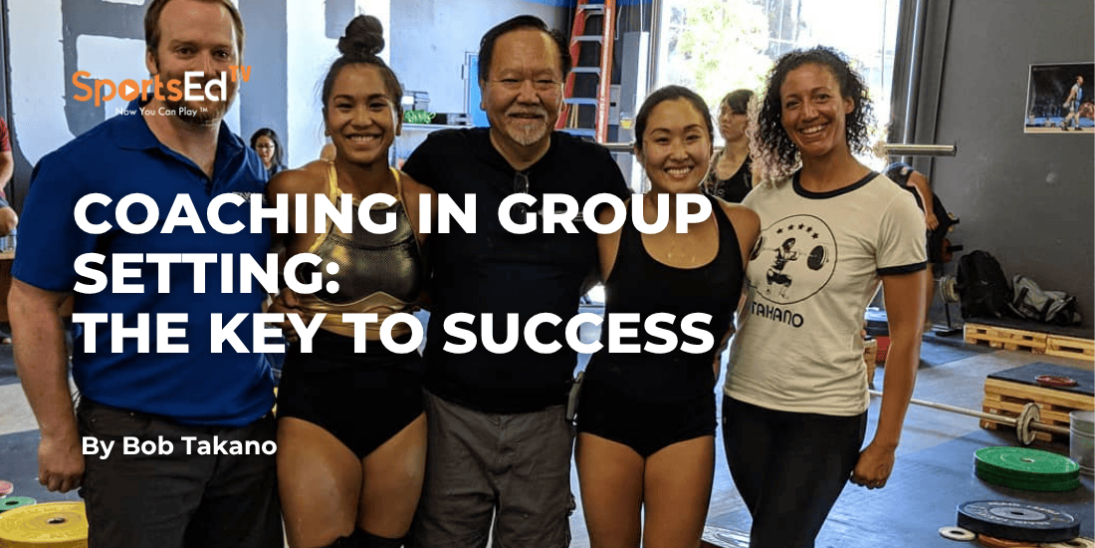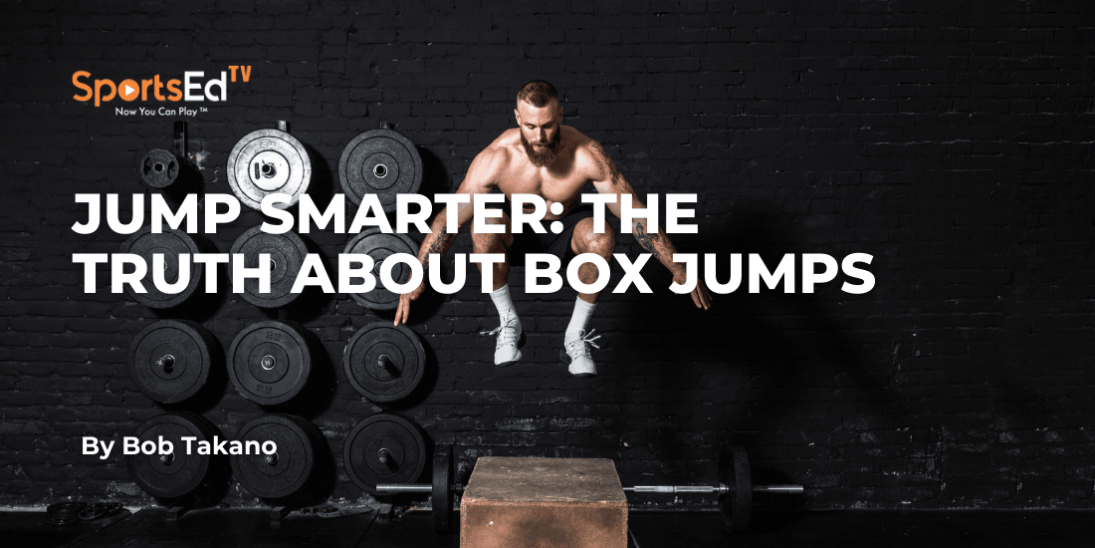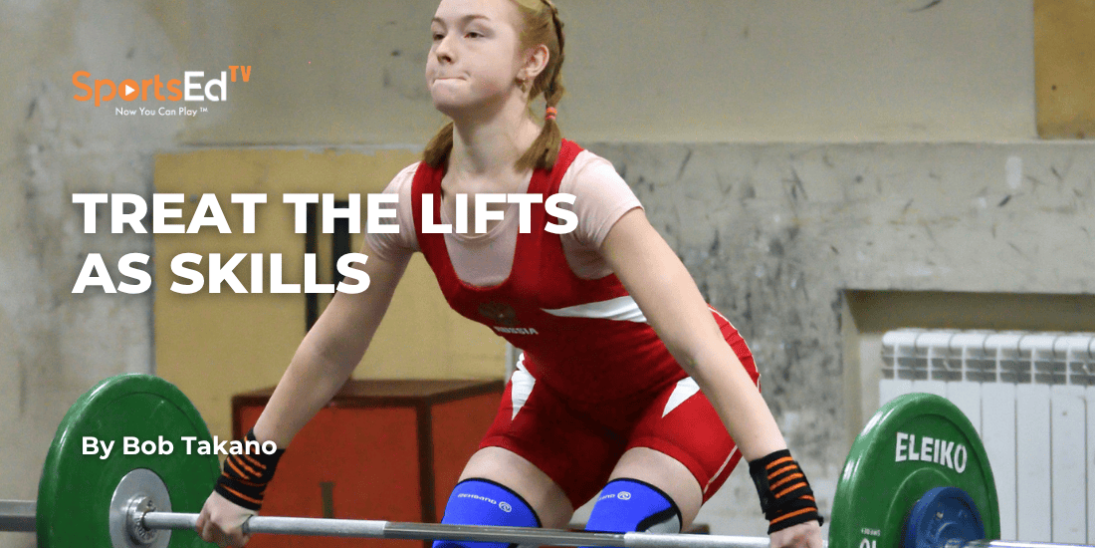Weightlifting
Welcome and thanks for visiting...

Embracing Your Body's Transformation in Weightlifting
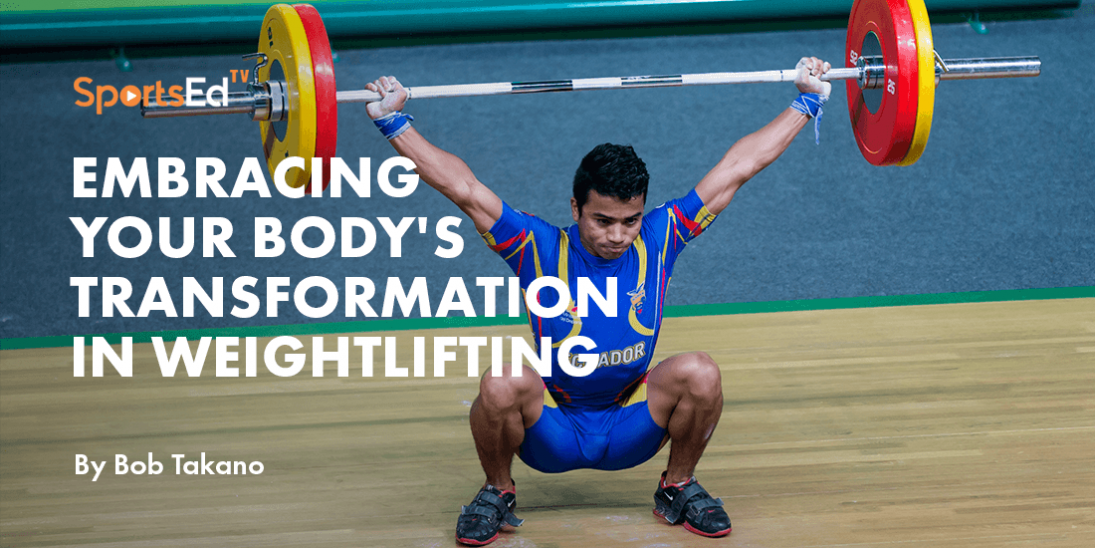
I frequently discuss this concept with athletes I’m coaching and coaches. That is your physical body is best suited to the type of activity you’ve been participating in for a prolonged period. This is especially relevant for Masters athletes who are new to weightlifting. If you’ve been an ardent tennis player for five years or more and want to become a weightlifter now, your body must be physically remodeled for the new activity.
Folks who are new to sports might be thinking about the physical appearance of the body, but that is only part of the adaptation that must take place. Let’s take the tennis player looking to become a weightlifter as an extreme example.
The dominant arm of the tennis player has larger, more powerful muscles than the off arm. It also has a greater blood supply, and if the athlete began playing tennis during puberty, the length of the bones may also be greater in the dominant arm. If the tennis player is right-handed, there will be greater development of the lower back muscles to the left of the spine because of the consistent rotation from right to left. Since tennis players rarely go into a full squat, it is possible that the range of motion for dorsiflexion of the ankles is restricted. Because the anaerobic conditioning of tennis players is demanding, that will benefit weightlifting training. The local circulation of the off arm will also lag behind that of the dominant arm, as will the myelination of the nerves providing activation to the off arm. I would also expect the grip strength between the two arms to be disparate.
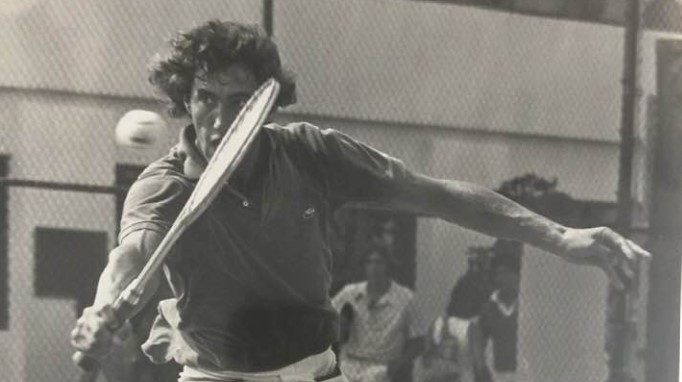
So, the job of the weightlifting coach and the newly minted weightlifter is to remodel the body for weightlifting. In addition to mastering weightlifting skills, some specific bodybuilding movements should be involved in remediating the underdeveloped parts of the body. Furthermore, the weightlifter will eventually have to ingest more calories, so the circulation to the digestive system must also be increased. Because the psychological demands are different and the training load is so demanding, adjustments may have to be addressed in the athlete's mindset and the development of new sleep habits. After several years of well-designed training, the tennis player's body can morph into a weightlifting body.
Keeping this in mind, the weightlifting coach may have to realize that two master athletes at age 45, newly entering the sport, may have to take very different pathways if they are to progress along in the sport. One may have been completely sedentary but has recently decided to take up the sport of weightlifting. The other may have been competing in fencing for twenty years and has now decided to change over to weightlifting. Two athletes the same age, but the training approach must be entirely different.
The first case in point, Mr. or Ms sedentary, will have to learn the skills of weightlifting and the practice of training, but also how to compete and how to make the lifestyle changes necessitated by the sport. Some of these items will be difficult to master, and the process may become long and drawn out depending largely on the amount of misguided preconceptions the athlete has brought to the table. In this case, training with a team will greatly shorten the learning time.
In the second case, Mr. or Ms fencer will already know how to live like an athlete and have a good general knowledge of how to compete. He or she will have to master the specifics of the weightlifting altered state. And there is also the issue of mileage on the body to consider. The coach, however, may have to study fencing to understand better the biomechanics of that sport and the normal conditioning practices. This will aid greatly in training program design and how to deal with the bilateral asymmetries developed through fencing. At this point, weightlifting coaches should have more than a nodding acquaintance with the biomechanics of the sports in which many weightlifters start training. This will greatly aid in the transitional programming as some aspects easily transfer from one sport to weightlifting, while others may have to be diligently overcome.
However, One should remember that all dedicated weightlifters may not look uniform, but they should be functionally similar. If you want to become a weightlifter, you must transform your body into one that functions physiologically in the weightlifting realm. The coach should be your guide in this process.
MORE INFORMATION TO HELP YOUR TRAINING
Plenty of sound training information based on years of coaching weightlifters at all levels, from national youth record holders to Olympians to Masters world record holders, is available at the Takano Weightlifting Coaching Membership Site. Blog posts, articles, training programs, and instructional videos are available by membership subscription for those seeking valid training information without sorting through all the dubious coaching clutter online.
All the information on this site results from having implemented it in training successful weightlifters for decades by Bob Takano, a member of the USA Weightlifting Hall of Fame. Check it out at https://takanoweightliftingcoaching.net/vsl-order-formeicq33md




